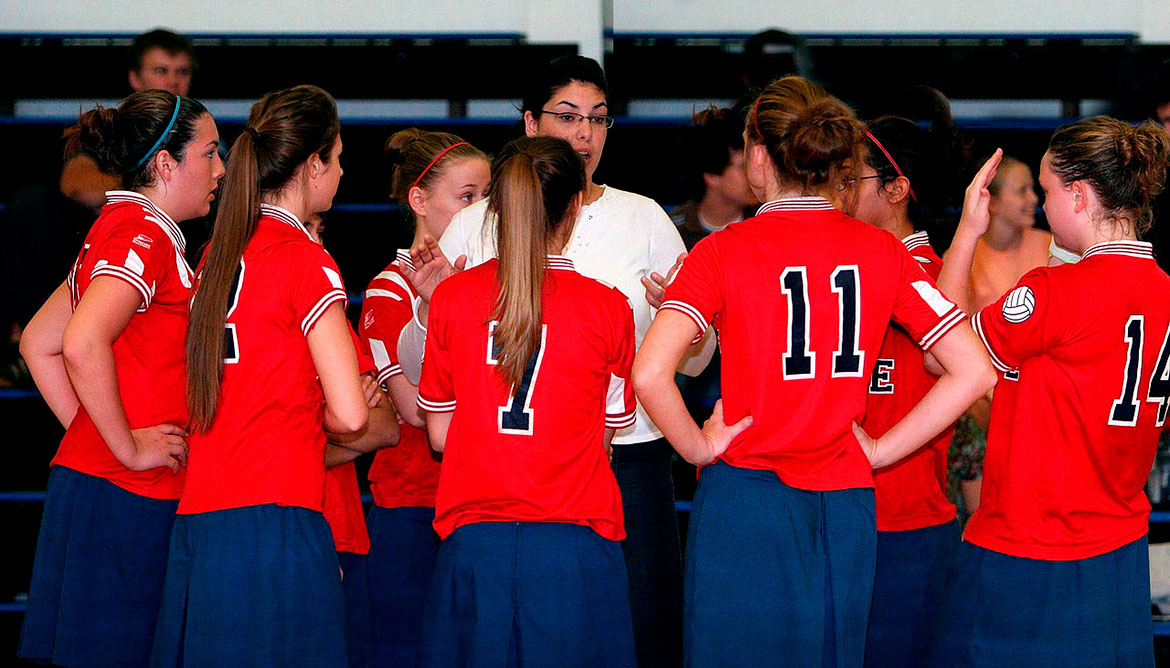The History of Physical Education
The history of physical education dates back to ancient Greece, where competition and intensity were second nature. During this time, physical education proved to be important because it was a necessity in training both Greek soldiers and athletes. For children, physical education and training would begin when they were around seven years old, with the goal being to eventually have them be well-skilled in activities like boxing, chariot races, and more. For this to happen, they needed to understand their body and what went into physical activity, thus physical education played a large role in the progression of the Greek society.
By the mid-19th century, physical education would make its way to the United States. The reasoning was similar to that of what the Greeks were using it for, which was to both educate and train soldiers for eventual battle. However, over the course of time, physical education would develop into something much more monumental. Schools across the country would begin to take health-related topics more seriously, both on the playground and in the classroom, and courses targeted toward physical development would be given more attention.
Colleges would follow suit as well, and schools all over the United States would eventually offer a variety of courses that would help to grow the physical ability, give a true understanding of the human body, and increase confidence among America's youth. Originally, physical education programs in the United States saw girls mostly involved with gymnastics, while the boys would partake in rougher activities. However, over time, both male and female individuals would become educated on elements such as body composition, flexibility, nutrition, and endurance.
John F. Kennedy's Push for Fitness in America
Obesity isn't just an issue that America is facing in the modern day. Following World War II, there was fear that the country's youth were gaining weight at a fast pace and thus becoming out of shape. One of the biggest advocates for physical fitness and education in America was John F. Kennedy, who made his voice heard on the subject even before he was elected to office as the 35th president of the United States.
While in office, one of Kennedy's biggest goals was to improve the level of physical fitness across the country. During his time as president, he also ordered the creation of a White House Committee on Health and Fitness, which incorporated an annual Youth Fitness Congress, including governors from each of the states. By including the federal government in this movement, President Kennedy not only showed that he himself cared about physical fitness across the United States but that the American people should have a vested interest, too.
The Facts About Physical Education
In 43 states across the nation, physical education has become a mandatory part of the curriculum in schools. By incorporating physical fitness into schools, studies have also shown that districts have helped play a role in improving students' learning. In 2009, in a study conducted by both the Department of Education and the New York Health Department, it was found there there was a definite relationship between physical fitness in schools and higher academic success rates in public schools. One year later, in 2010, this point was further established in a report from the CDC. Today, of the 50 states in the nation, 41 of them require physical education for their middle-school students.
Understanding the Importance of Physical Education
Physical education is beneficial for both the bodies and minds of students. By being more active, students will also benefit by being able to better avoid injury, they will have more confidence, and they can see improved mental health. It's important to educate students on the benefits of playground and in-school physical activity and instruct them on issues related to the human body and other health-related issues to give them a better understanding of how their body works.
Today, through physical education, children and young adults are able to participate in activities such as exercise, team and individual sports, gymnastics, dance, and much more.
- U.S. Schools Develop a Nicer Version of Gym Class
- How Do Recess and Gym Help Learning at School?
- International Society for the History of Physical Education
- The History of Elementary School Physical Education (1950-1985) (PDF)
- The American Alliance for Health, Physical Education, Recreation, and Dance
- Our History: Education Gets Physical
- When Gym Class Becomes History
- Adapted Physical Education National Standards
- History of Teaching and Research in Adapted Physical Activity
- The Federal Government Takes on Physical Fitness
- Comprehensive Health and Physical Education Standards
- Physical Education as a College Major
- Physical Education Fact Sheet
- Playground Fitness Equipment
- A Study of Physical Education (1917)
- Sports and Physical Education Timeline (PDF)
Find more about the author: Kim Hart


